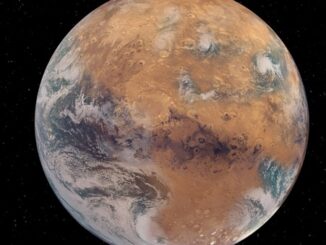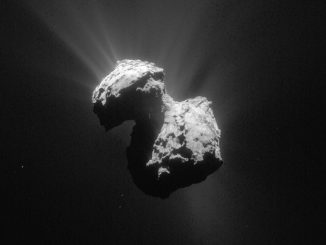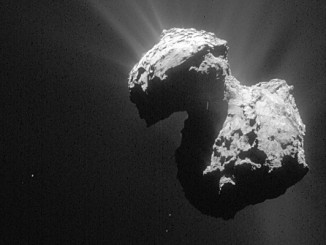
Center for Space and Habitability


Rosetta’s comet 67P is much younger than previously thought
Based on computer simulations, astrophysicists at the University of Bern conclude that comet 67P/Churyumov–Gerasimenko did not obtain its duck-like form during the formation of our solar system 4.5 billion years ago. Although it does contain primordial material, they are able to show that the comet in its present form is hardly more than a billion years old.

Surprising discovery of molecular oxygen on comet 67P
ESA’s Rosetta spacecraft has made the first in situ detection of oxygen molecules outgassing from Comet 67P/Churyumov-Gerasimenko, a surprising observation that suggests they were incorporated into the comet during its formation. This may have implications for our understanding of the chemistry involved in the formation of the solar system some 4.6 billion years ago.
